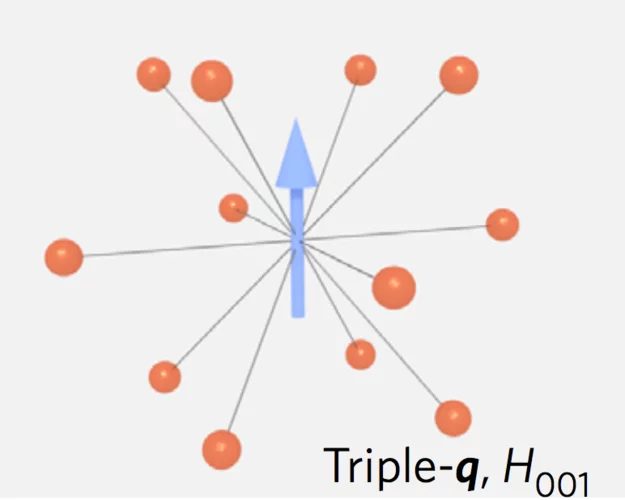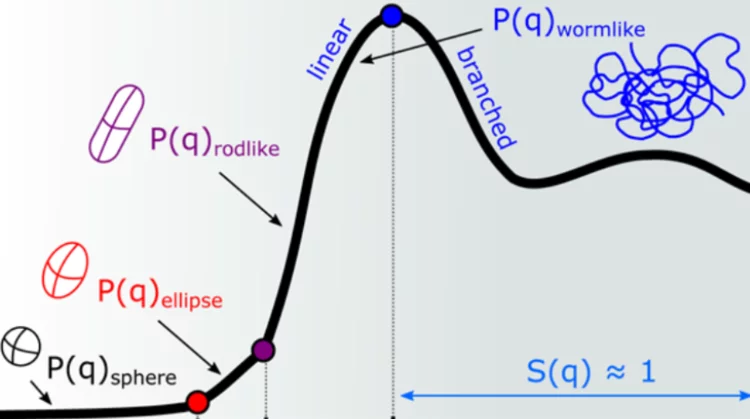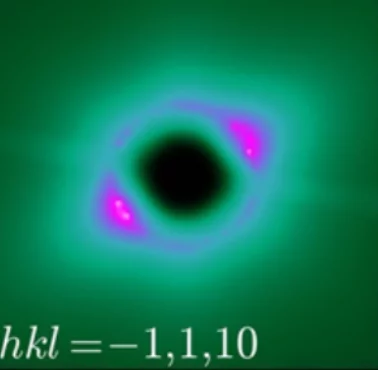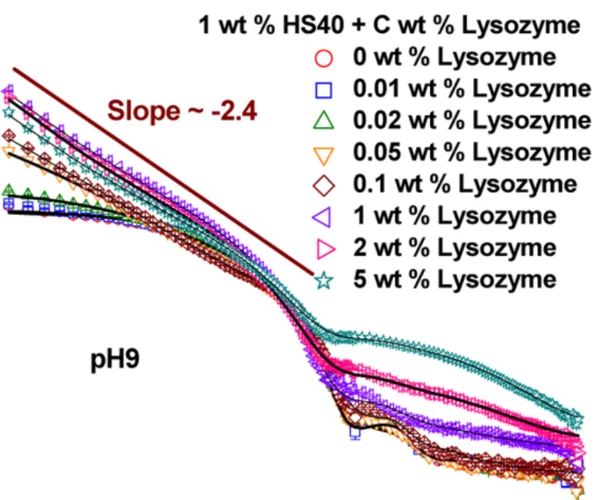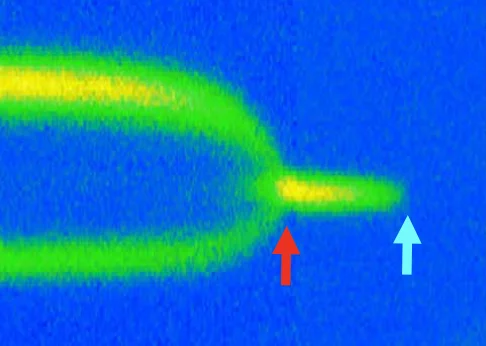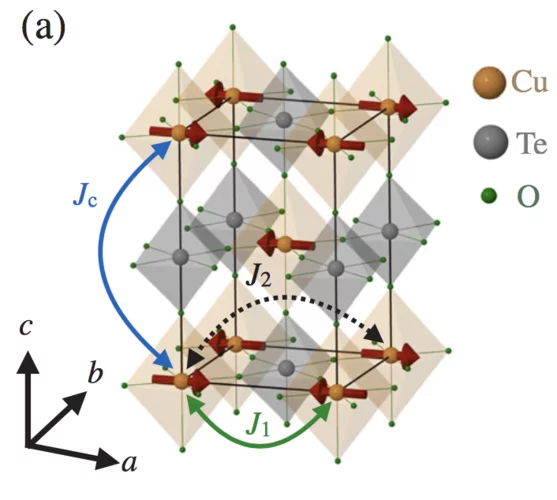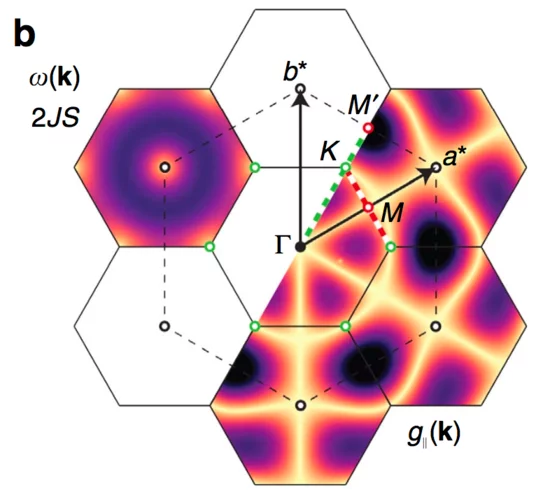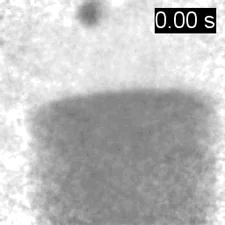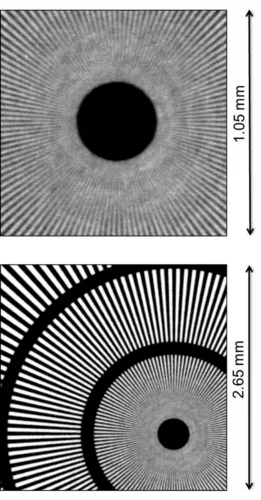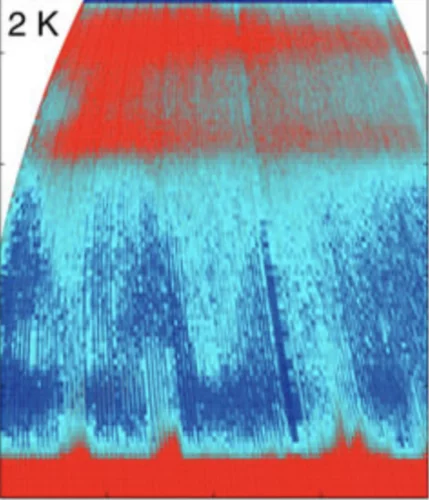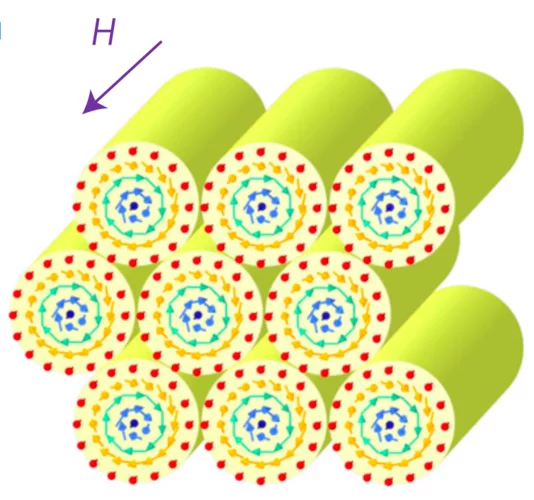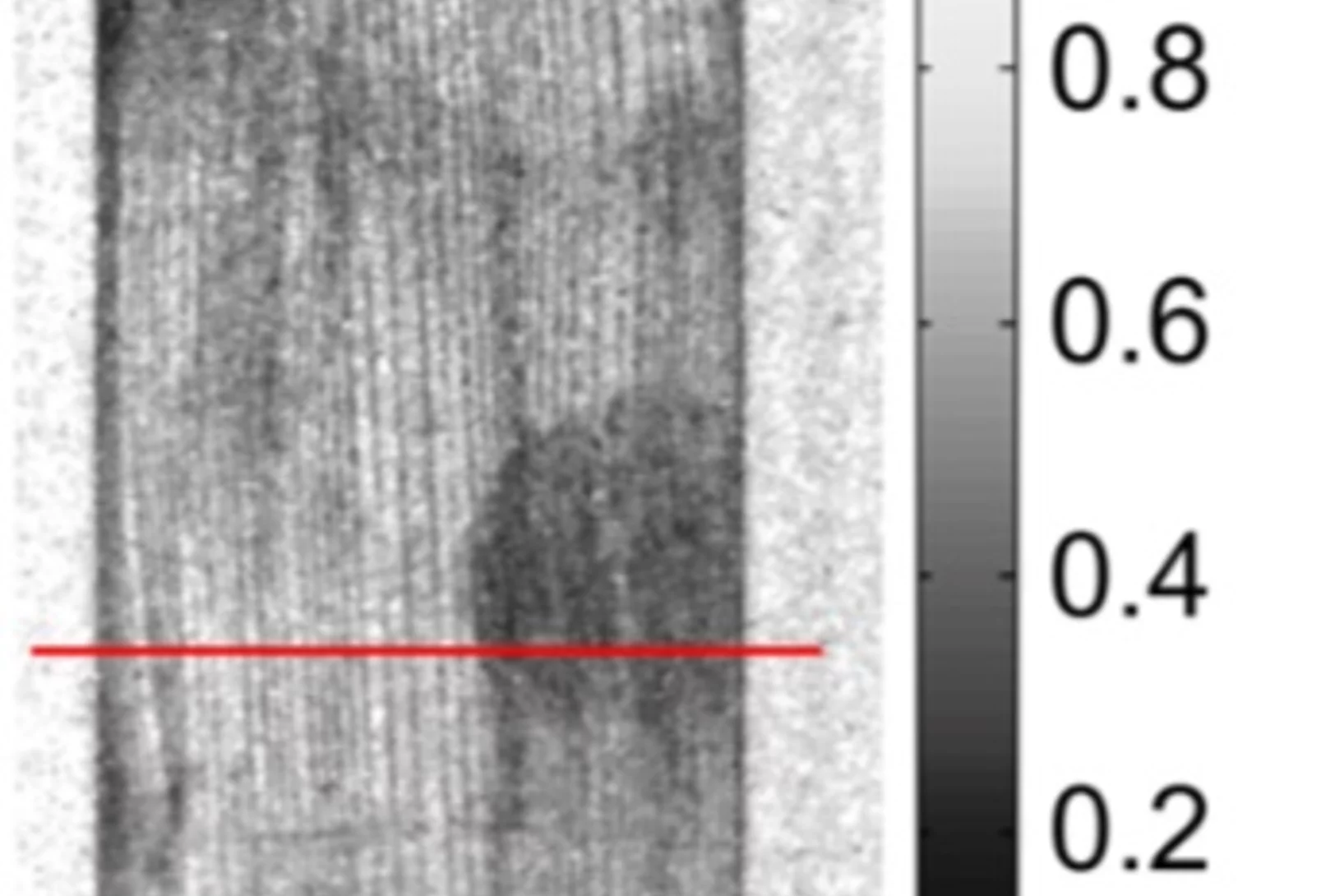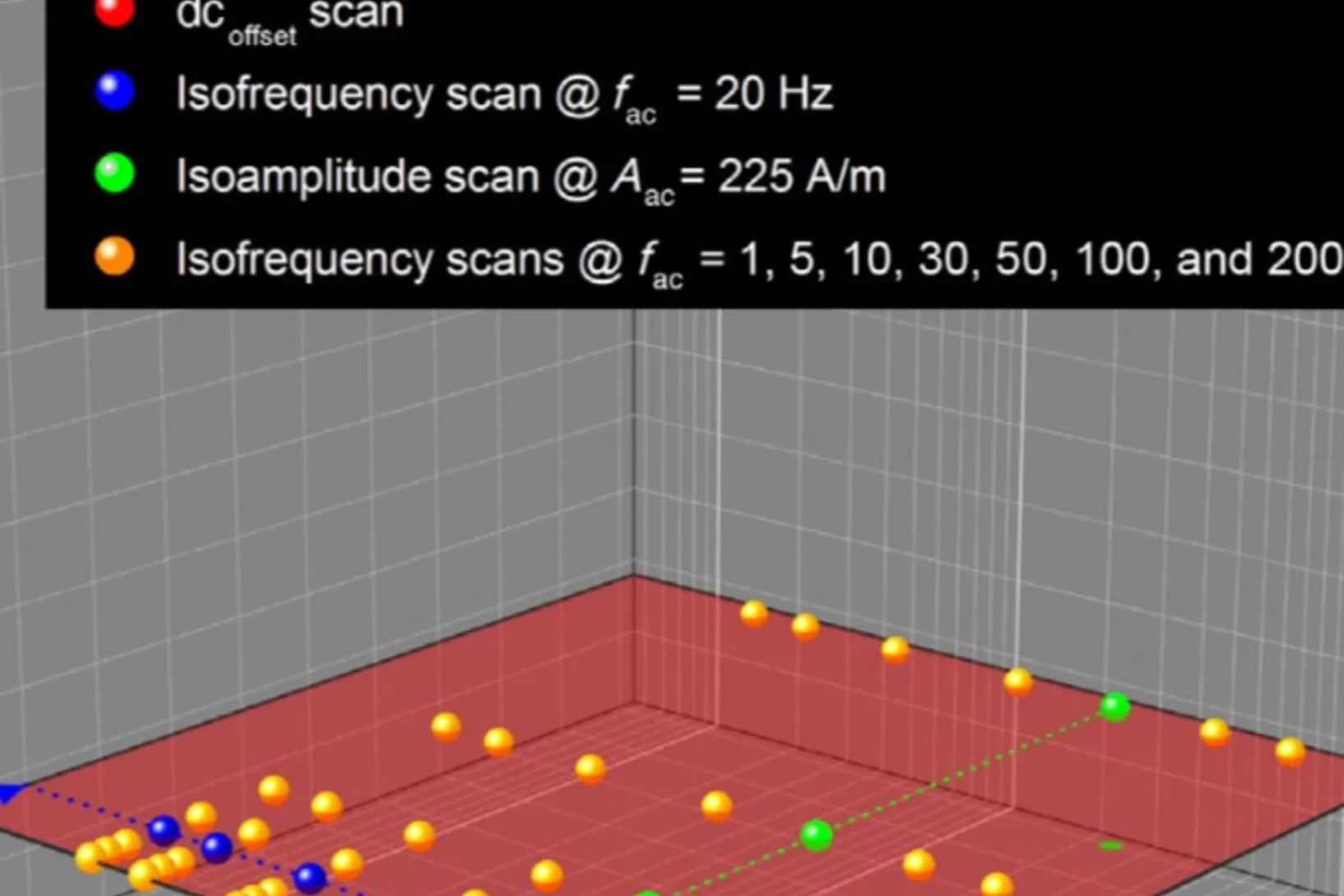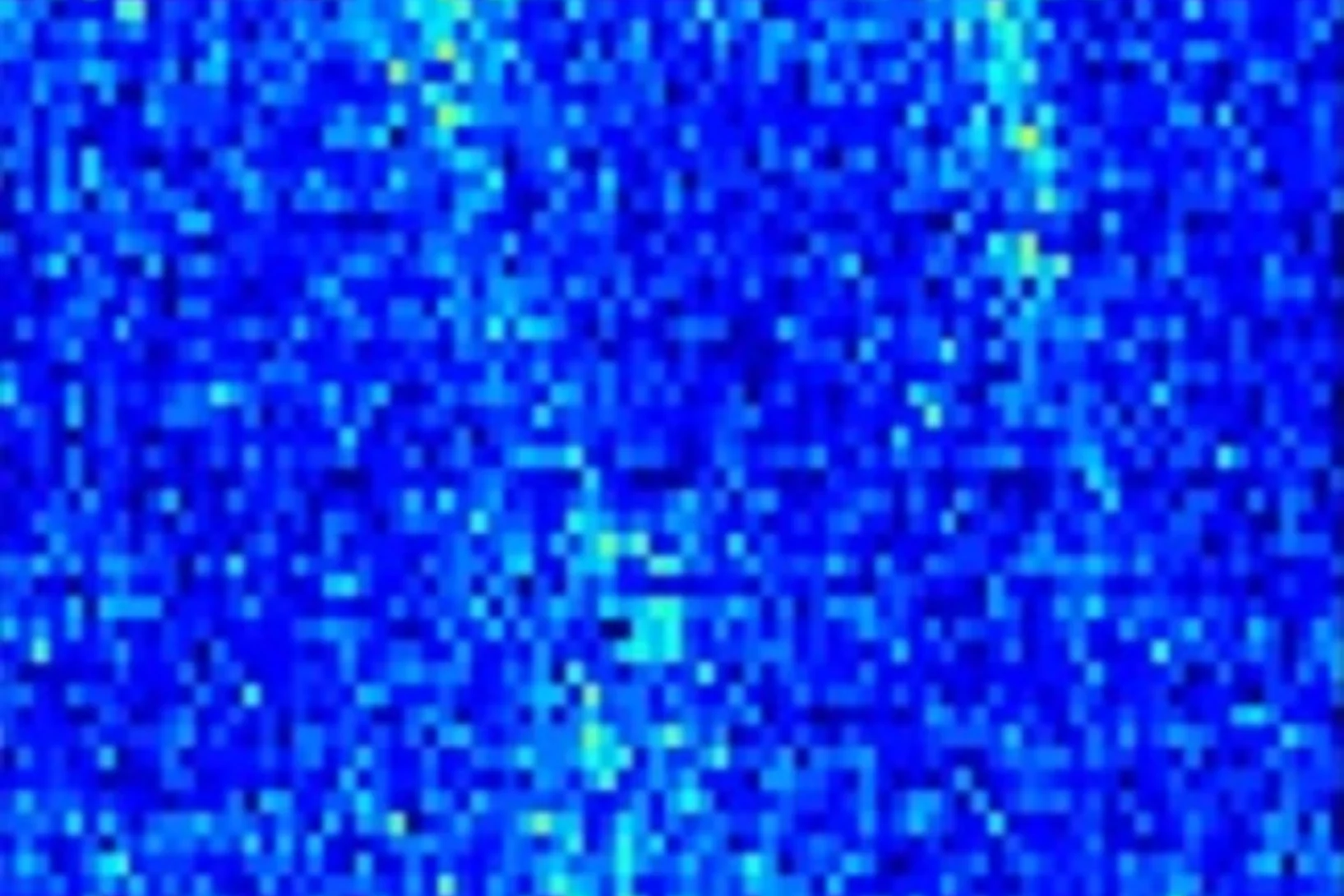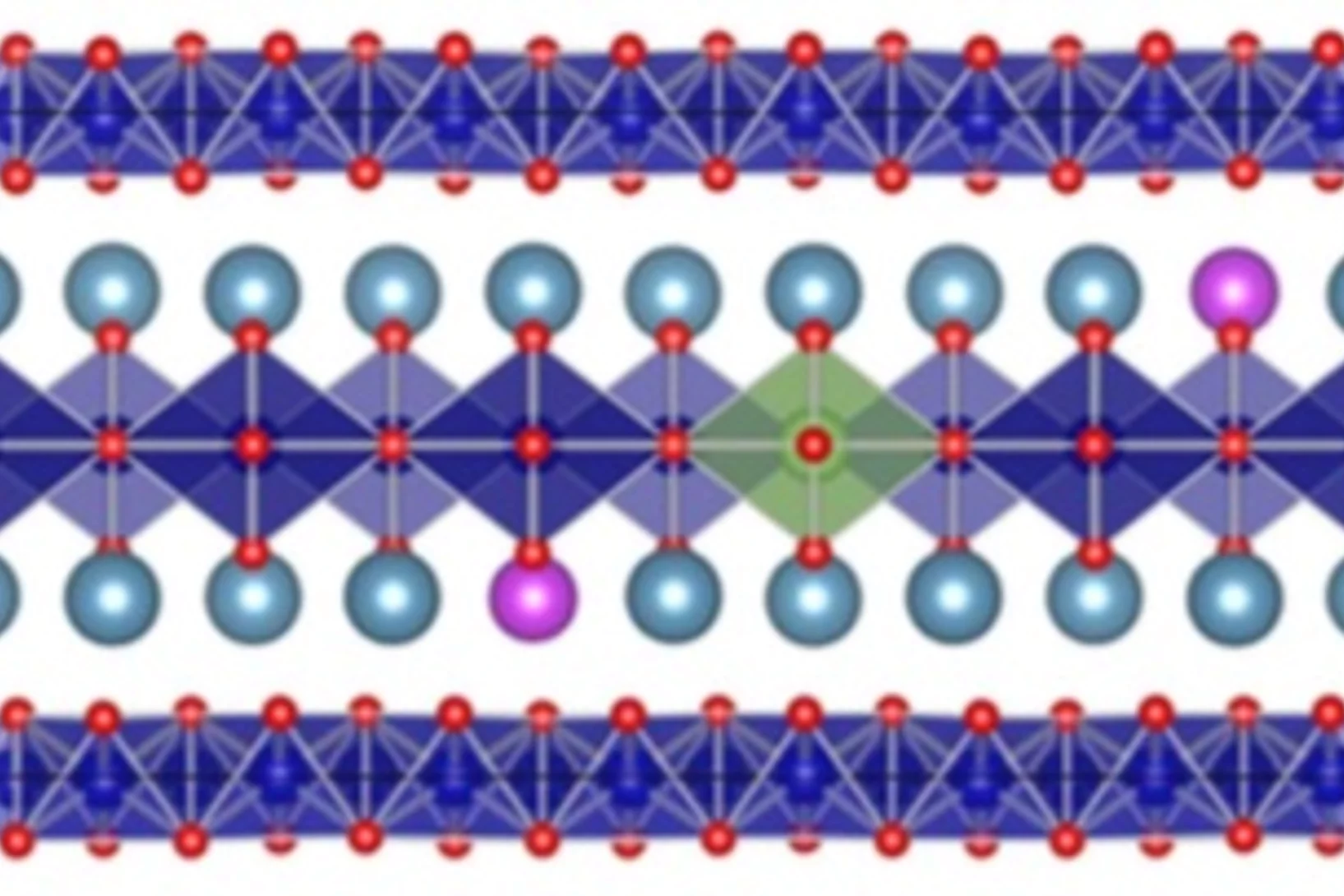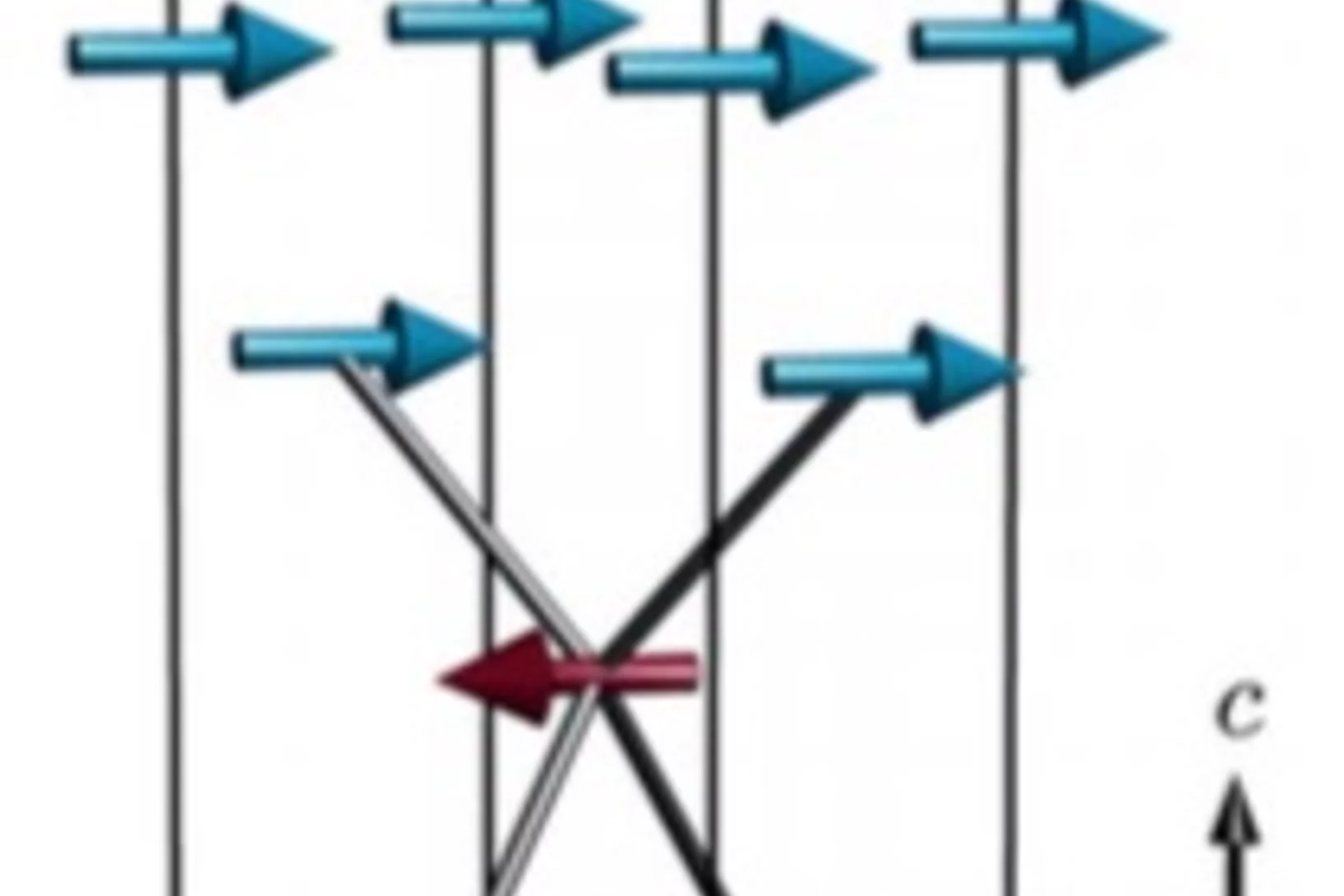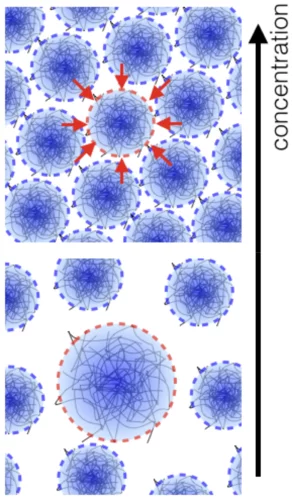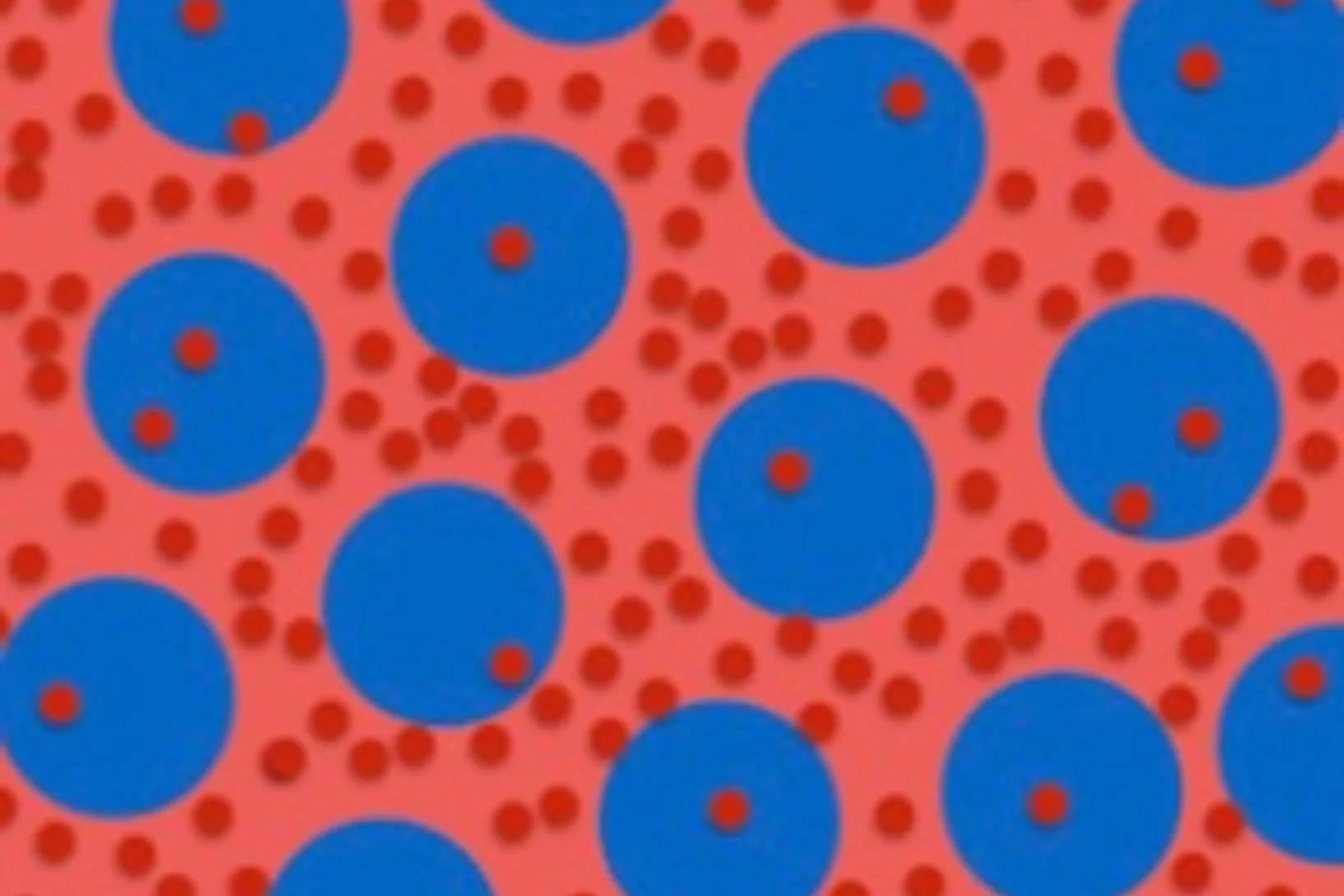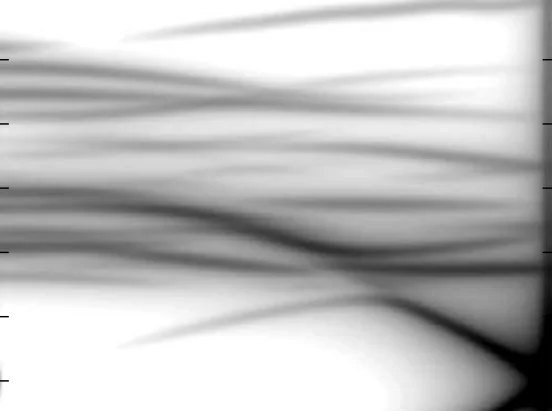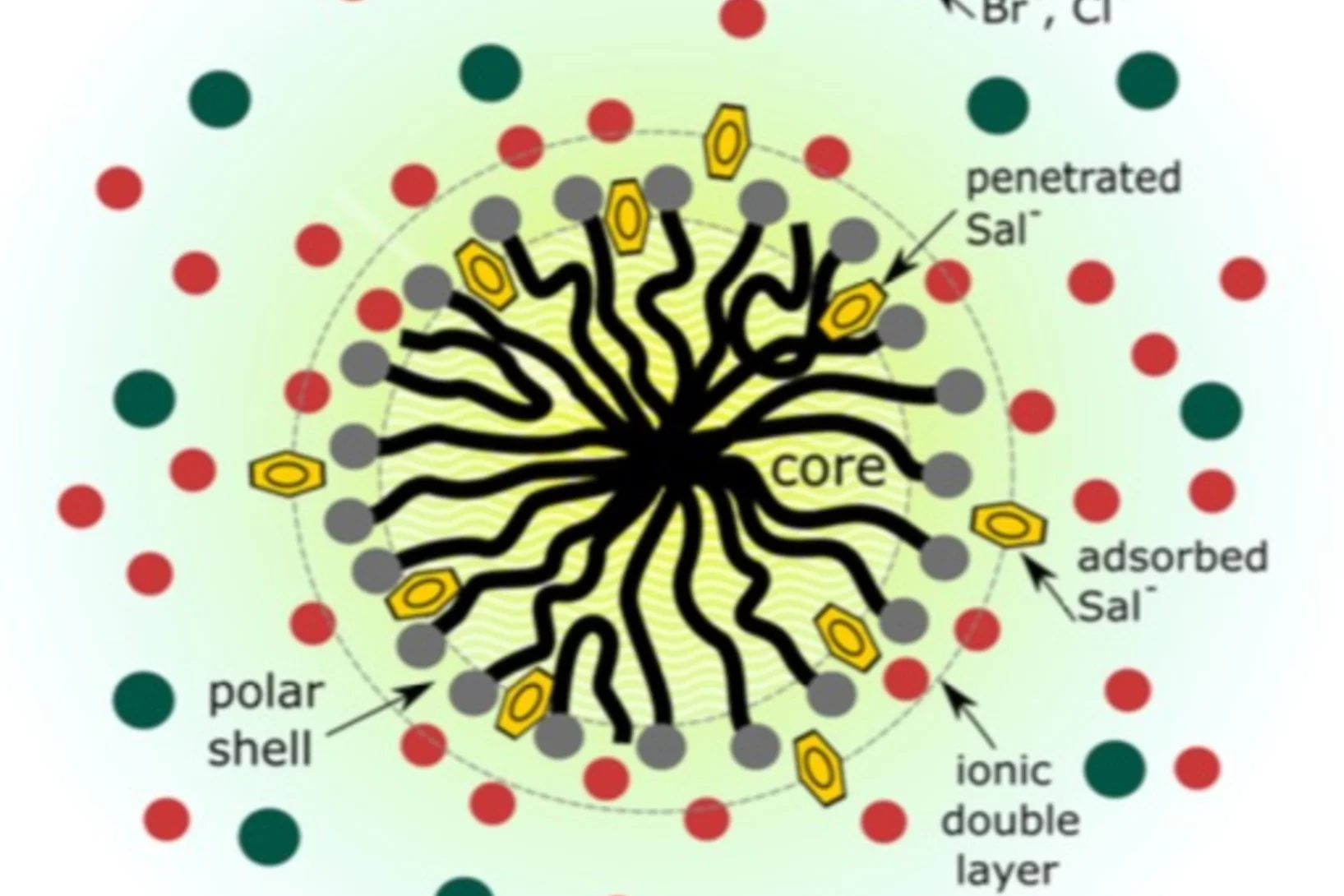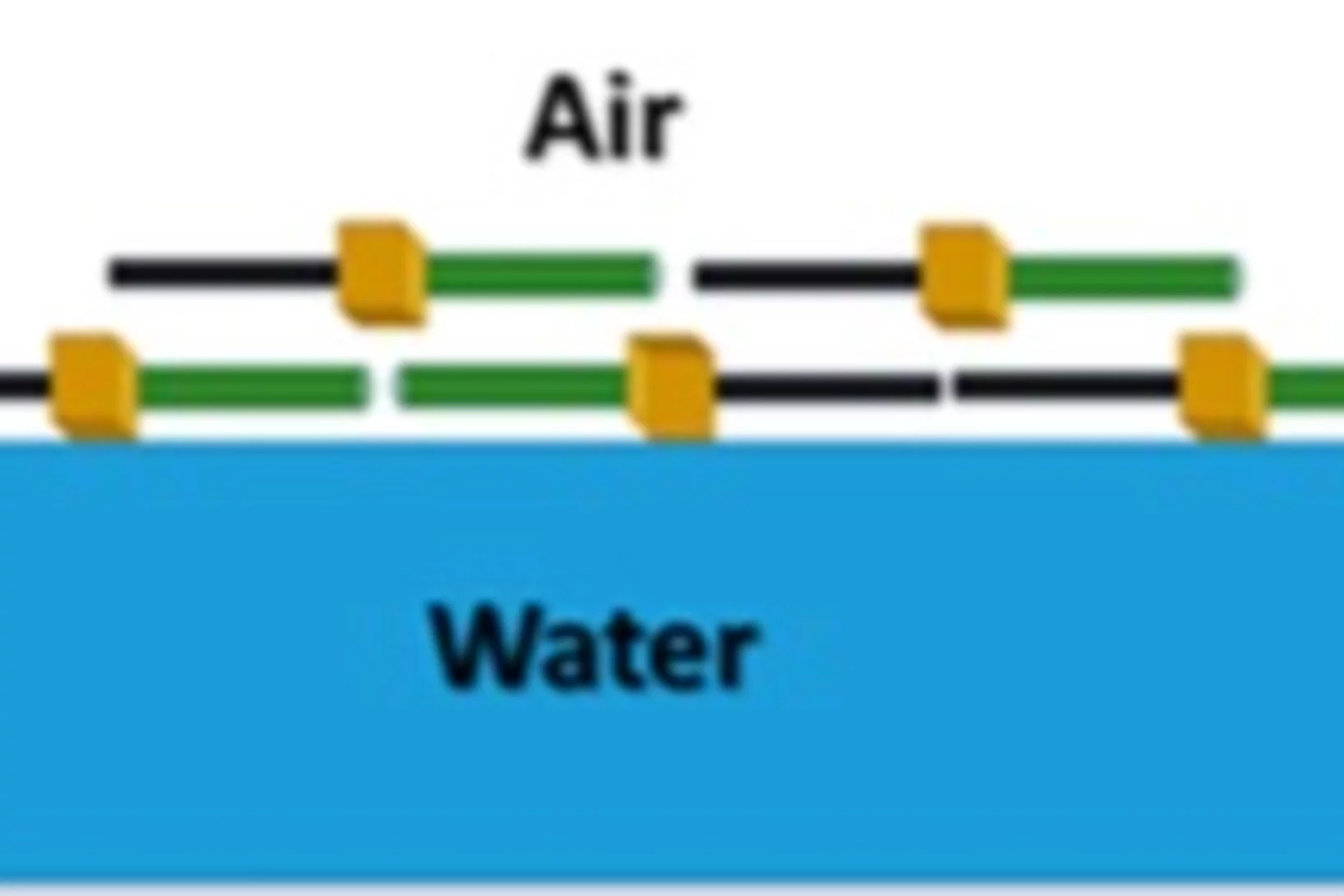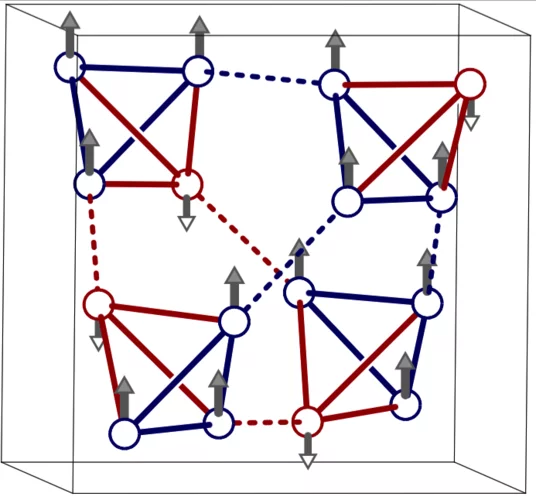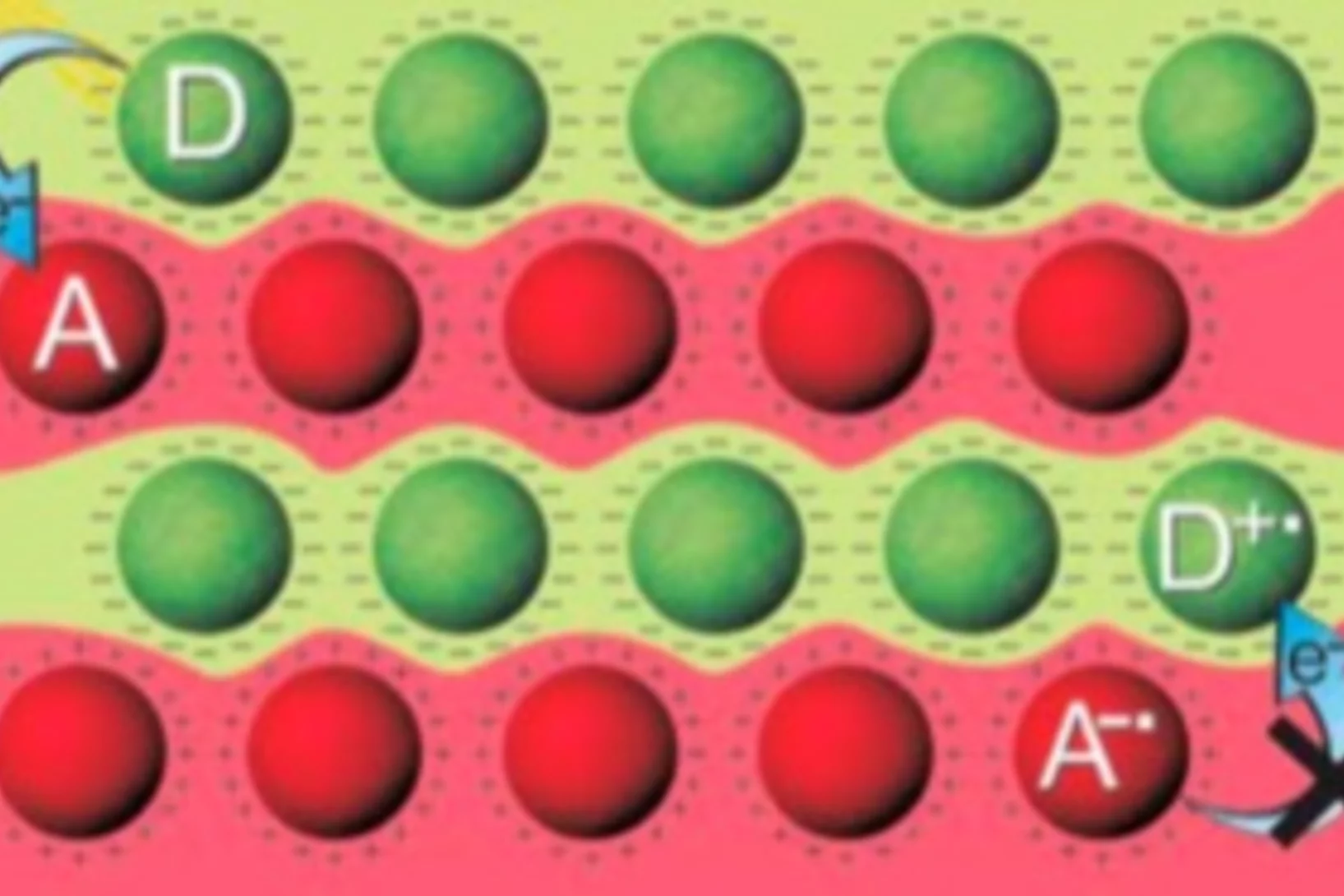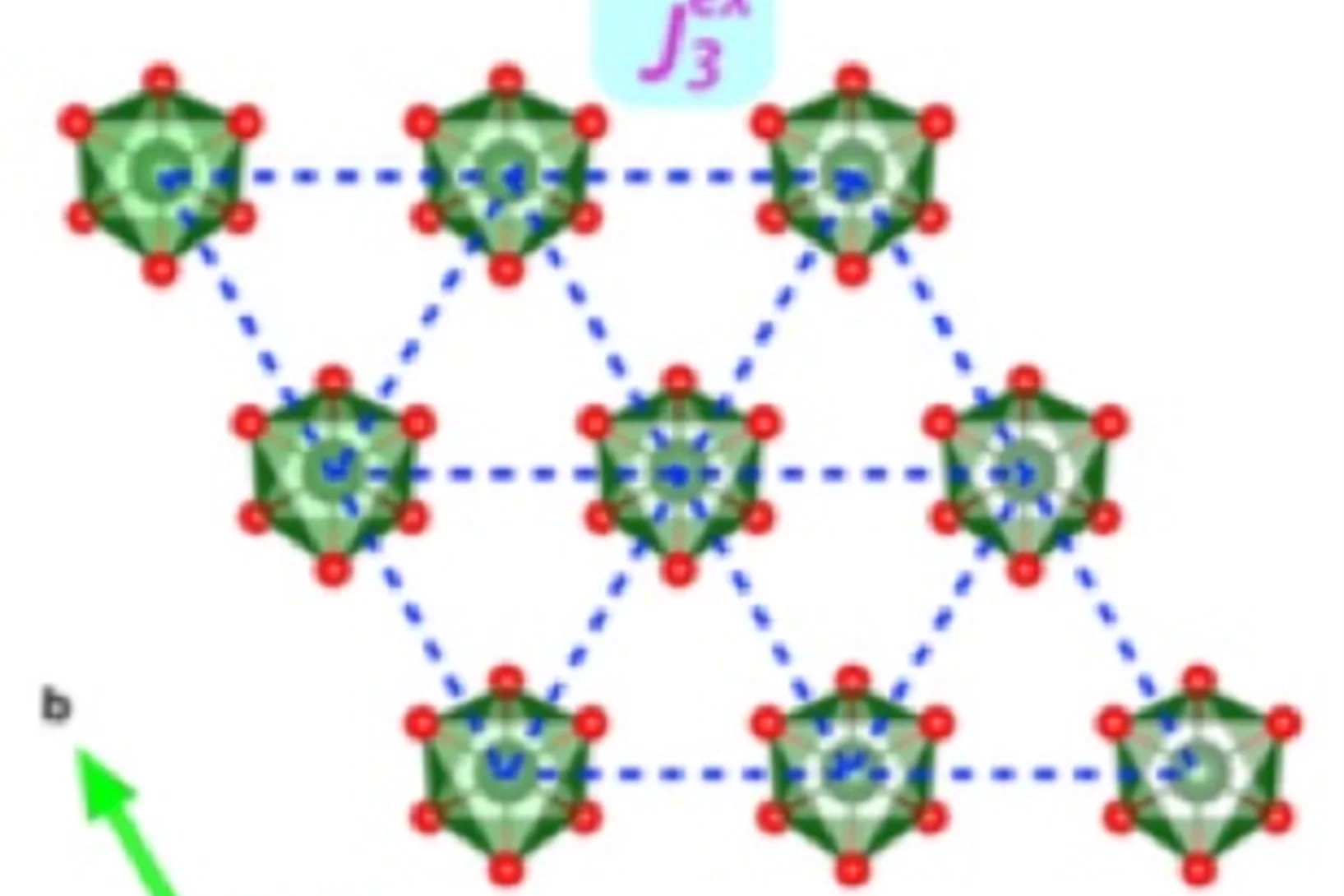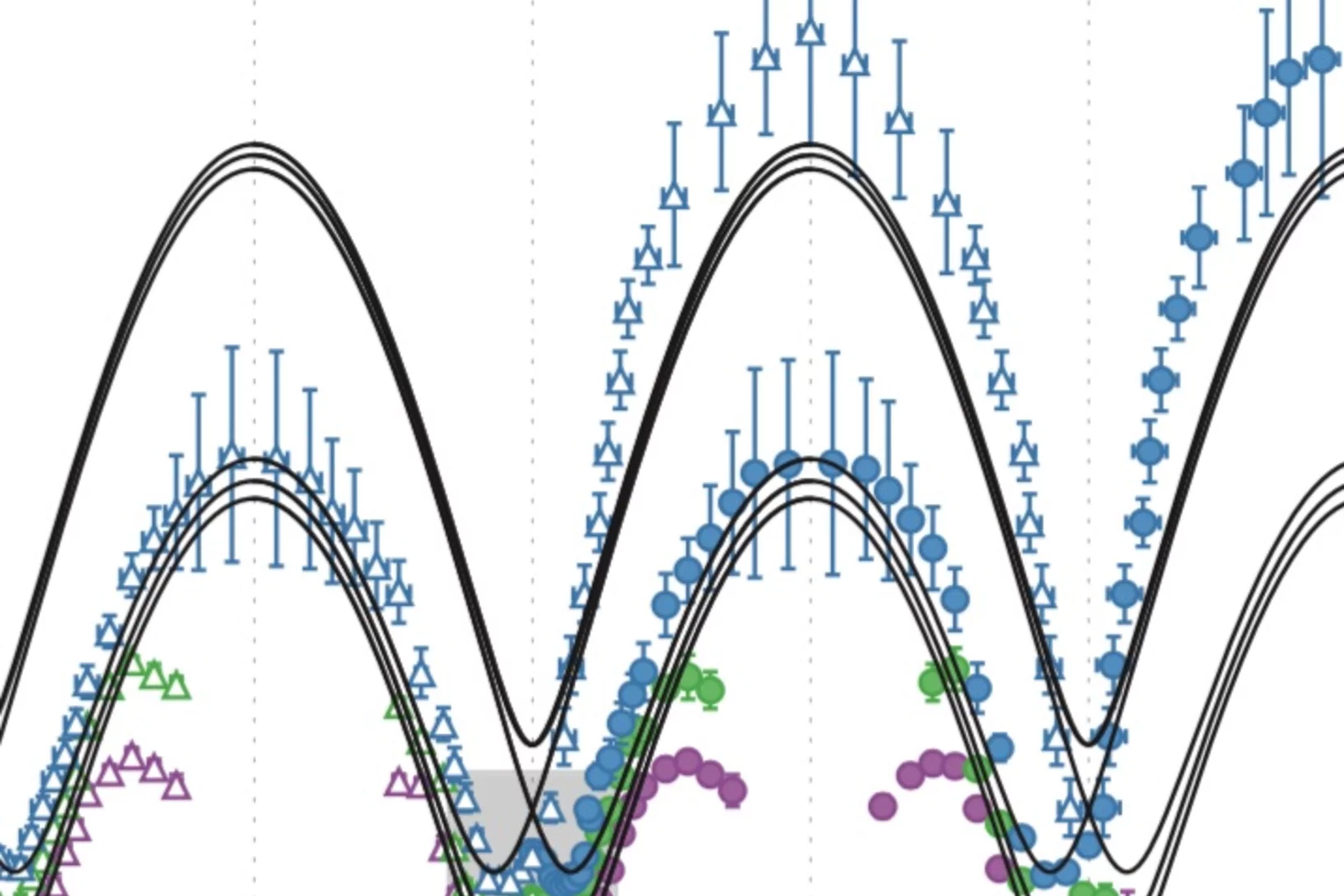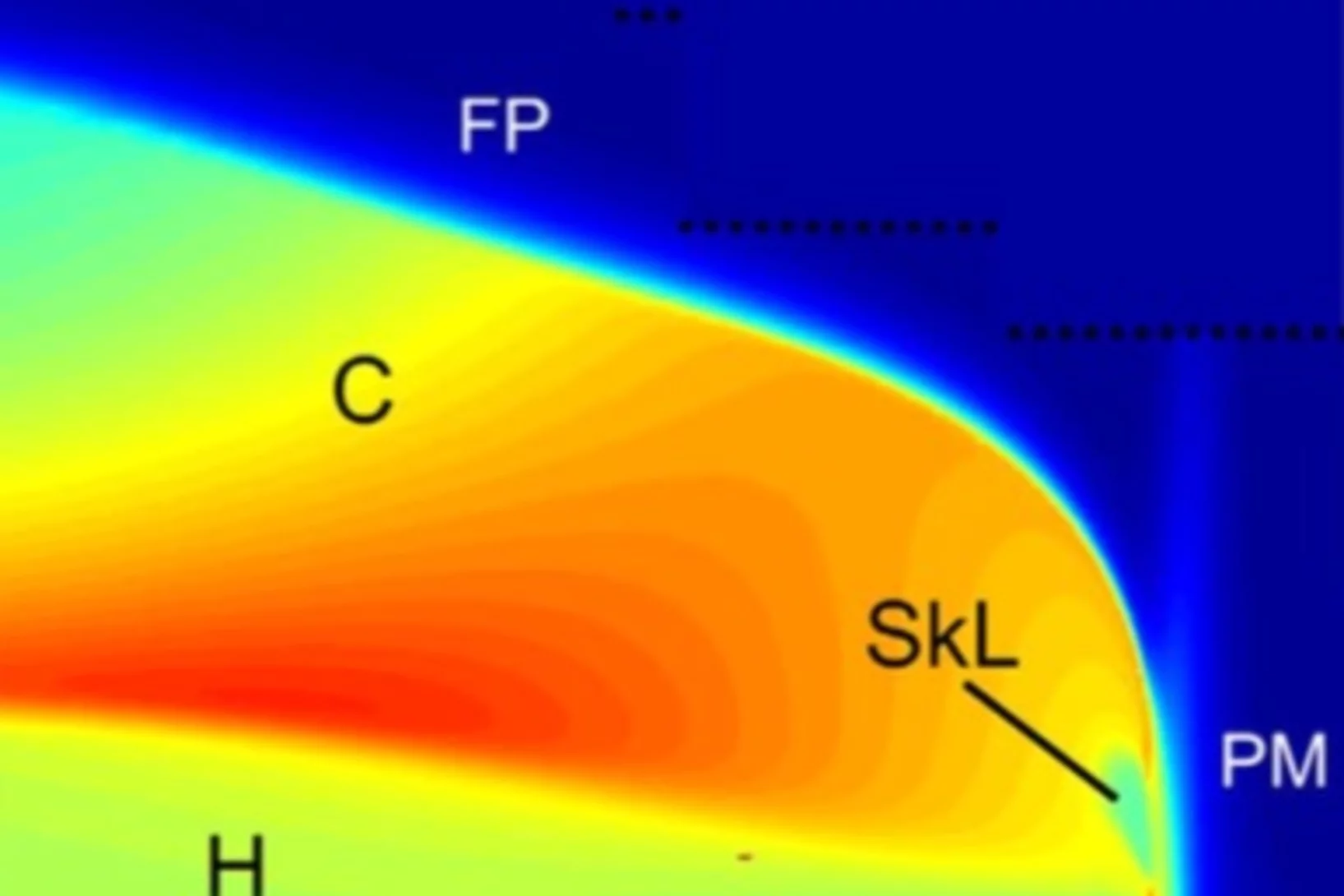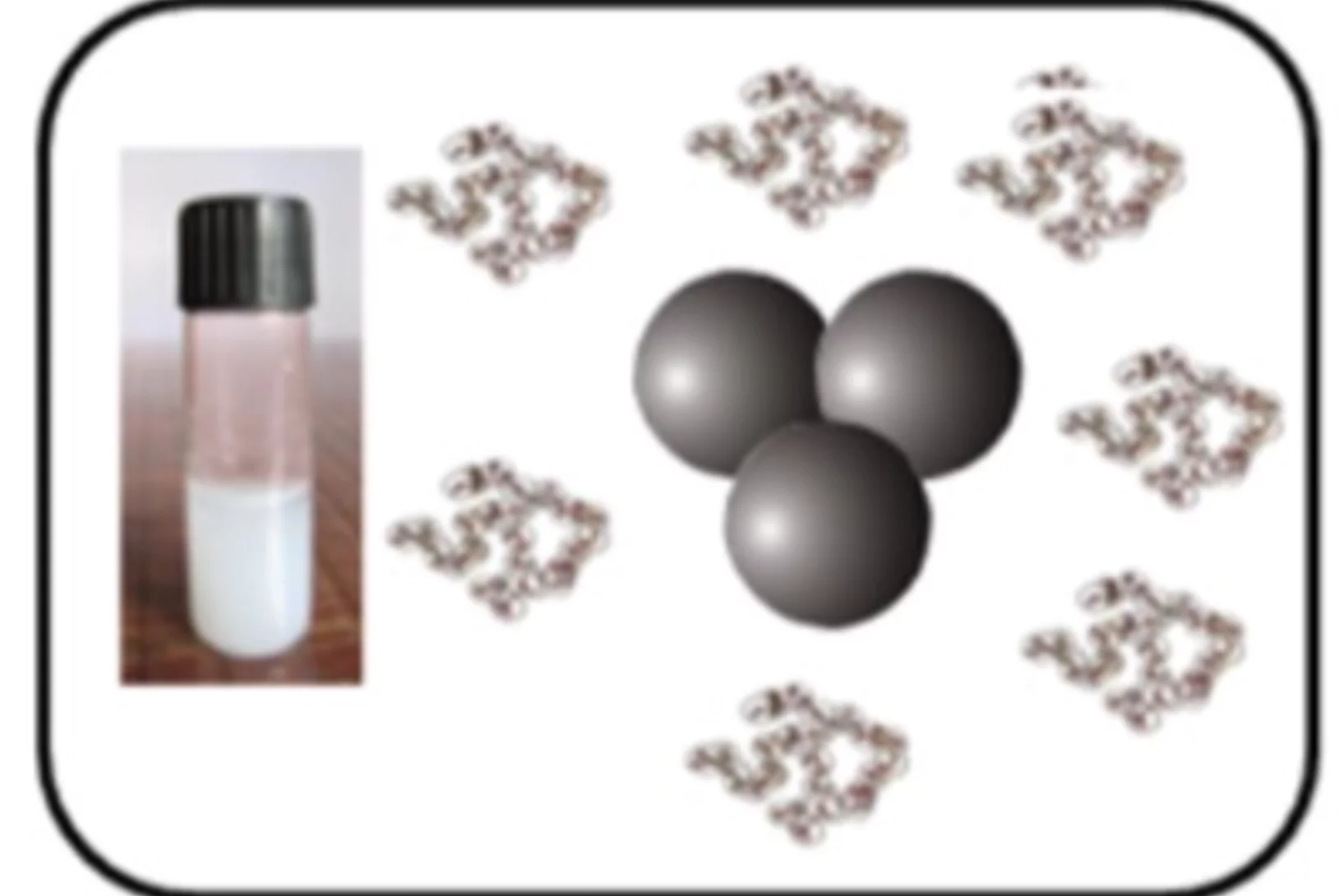Spiral spin-liquid and the emergence of a vortex-like state in MnSc2S4
Spirals and helices are common motifs of long-range order in magnetic solids, and they may also be organized into more complex emergent structures such as magnetic skyrmions and vortices. A new type of spiral state, the spiral spin-liquid, in which spins fluctuate collectively as spirals, has recently been predicted to exist.
Intermicellar Interactions and the Viscoelasticity of Surfactant Solutions: Complementary Use of SANS and SAXS
In ionic surfactant micelles, basic interactions among distinct parts of surfactant monomers, their counterion, and additives are fundamental to tuning molecular self-assembly and enhancing viscoelasticity. Here, we investigate the addition of sodium salicylate (NaSal) to hexadecyltrimethylammonium chloride and bromide (CTAC and CTAB) and 1-hexadecylpyridinium chloride and bromide (CPyCl and CPyBr), which have distinct counterions and headgroup structures but the same hydrophobic tail.
Full Elasticity Tensor from Thermal Diffuse Scattering
We present a method for the precise determination of the full elasticity tensor from a single crystal diffraction experiment using monochromatic X-rays. For the two benchmark systems calcite and magnesium oxide, we show that the measurement of thermal diffuse scattering in the proximity of Bragg reflections provides accurate values of the complete set of elastic constants.
Structure and Interaction in the pH-Dependent Phase Behavior of Nanoparticle−Protein Systems
The pH-dependent structure and interaction of anionic silica nanoparticles (diameter 18 nm) with two globular model proteins, lysozyme and bovine serum albumin (BSA), have been studied. Cationic lysozyme adsorbs strongly on the nanoparticles, and the adsorption follows exponential growth as a function of lysozyme concentration, where the saturation value increases as pH approaches the isoelectric point (IEP) of lysozyme.
Tuning magnetic spirals beyond room temperature with chemical disorder
Frustrated magnets with spiral magnetic orders are of high current interest due to their potential for spintronics and low-power magnetoelectric devices. However, their low magnetic order temperatures (typically <100K) greatly restrict their fields of application. Researchers of PSI have demonstrated that the stability domain of the spiral phase in the perovskite YBaCuFeO5 can be enlarged by more than 150K through a controlled manipulation of the Fe/Cu chemical disorder.
Magnetic Excitations and Electronic Interactions in Sr2CuTeO6: A Spin-1/2 Square Lattice Heisenberg Antiferromagnet
Sr2CuTeO6 presents an opportunity for exploring low-dimensional magnetism on a square lattice of S=1/2 Cu2+ ions. We employ ab initio multireference configuration interaction calculations to unravel the Cu2+ electronic structure and to evaluate exchange interactions in Sr2CuTeO6.
Electromagnon dispersion probed by inelastic X-ray scattering in LiCrO2
Lattice vibrations (phonons) in crystals are typically weakly interacting with the electronic and magnetic degrees of freedom, such as charge and spin fluctuations. Researchers of PSI together with collaborators from EPF Lausanne, Japan and USA discovered an unexpectedly strong coupling between lattice vibrations and spin fluctuations in the quantum magnet LiCrO2. The observed magnetoelastic waves or electromagnons carry both electric and magnetic dipole moment.
100 Hz neutron radiography at the BOA beamline using a parabolic focussing guide
The recent developments in scientific complementary metal oxide semiconductor (sCMOS) detector technology allow for imaging of relevant processes with very high temporal resolution with practically negligible readout time. However, it is neutron intensity that limits the high temporal resolution neutron imaging. In order to partially overcome the neutron intensity problem for the high temporal resolution imaging, a parabolic neutron focussing guide was utilized in the test arrangement and placed upstream the detector in such a manner that the focal point of the guide was positioned slightly behind the scintillator screen. In such a test arrangement, the neutron flux can be increased locally by about one order of magnitude, albeit with the reduced spatial resolution due to the increased divergence of the neutron beam. In a pilot test application, an in-situ titration system allowing for a remote delivery of well-defined volumes of liquids onto the sample stage was utilized. The process of droplets of water (H2O) falling into the container filled with heavy water (D2O) and the subsequent process of the interaction and mixing of the two liquids were imaged with temporal resolution of 0.01 s.
Progress in High-resolution Neutron Imaging at the Paul Scherrer Institut – The Neutron Microscope Project
The recent improvement on the capability of neutron imaging that allows acquiring neutron images with isotropic spatial resolution of about 5 micrometres is demonstrated. This is achieve by combining the tailor-made high-numerical aperture magnifying optics together with a thin isotopically-enriched 157Gd2O2S:Tb scintillator screens (see Trtik & Lehmann, NIM-A 788 (2015) 67-70). The newly achieved level of the spatial resolution represents about 30% enhancement compared to the first prototype (see Trtik et al, Physics Procedia 69 (2015) 169-176) and approximately six-fold enhancement in the spatial resolution capabilities available for the general users community at PSI before the start of the Neutron Microscope project.
Magnetodielectric detection of magnetic quadrupole order in Ba(TiO)Cu4(PO4)4 with Cu4O12 square cupolas
In vortex-like spin arrangements, multiple spins can combine into emergent multipole moments. Such multipole moments have broken space-inversion and time-reversal symmetries, and can therefore exhibit linear magnetoelectric (ME) activity. Three types of such multipole moments are known: toroidal; monopole; and quadrupole moments. So far, however, the ME activity of these multipole moments has only been established experimentally for the toroidal moment.
Realizing topological stability of magnetic helices in exchange-coupled multilayers for all-spin-based system
Topologically stabilized spin configurations like helices in the form of planar domain walls (DWs) or vortex-like structures with magnetic functionalities are more often a theoretical prediction rather than experimental realization. In this paper we report on the exchange coupling and helical phase characteristics within Dy-Fe multilayers. The magnetic hysteresis loops with temperature show an exchange bias field of around 1.0 kOe at 10 K.
Robust metastable skyrmions and their triangular–square lattice structural transition in a high-temperature chiral magnet
Skyrmions, topologically protected nanometric spin vortices, are being investigated extensively in various magnets. Among them, many structurally chiral cubic magnets host the triangular-lattice skyrmion crystal (SkX) as the thermo- dynamic equilibrium state. However, this state exists only in a narrow temperature and magnetic-field region just below the magnetic transition temperature Tc, while a helical or conical magnetic state prevails at lower temperatures.
Blocking Gastric Lipase Adsorption and Displacement Processes with Viscoelastic Biopolymer Adsorption Layers
Delayed fat digestion might help to fight obesity. Fat digestion begins in the stomach by adsorption of gastric lipases to oil/water interfaces. In this study we show how biopolymer covered interfaces can act as a physical barrier for recombinant dog gastric lipase (rDGL) adsorption and thus gastric lipolysis.
Magnetization Response of the Bulk and Supplementary Magnetic Domain Structure in High-Permeability Steel Laminations Visualized In Situ by Neutron Dark-Field Imaging
Industrial transformer cores are composed of stacked high-permeability steel laminations (HPSLs). The performance and degree of efficiency of transformers are directly determined by the magnetic properties of each HPSL. In this article, we show how the neutron dark-field image (DFI) allows for the in situ visualization of the locally resolved response of the bulk and supplementary magnetic domain structures in HPSLs under the influence of externally applied magnetic fields.
Frequency-Induced Bulk Magnetic Domain-Wall Freezing Visualized by Neutron Dark-Field Imaging
We use neutron dark-field imaging to visualize and interpret the response of bulk magnetic domain walls to static and dynamic magnetic excitations in (110)-Goss textured iron silicon high-permeability steel alloy. We investigate the domain-wall motion under the influence of an external alternating sinusoidal magnetic field.
On the Interaction between Digitonin and Cholesterol in Langmuir Monolayers
In this article, we describe the effect of a highly hemolytic saponin, digitonin, on model lipids cholesterol and dipalmitoylphosphatidylcholine (DPPC) using a combination of tensiometric (surface pressure and dilatational surface elasticity), spectroscopic (infrared reflection absorption spectroscopy, IRRAS), microscopic (fluorescence microscopy), and scattering techniques (neutron reflectivity, NR, and grazing incidence X-ray diffraction, GIXD).
Phononic Structure Engineering: the Realization of Einstein Rattling in Calcium Cobaltate for the Suppression of Thermal Conductivity
Phonons in condensed matter materials transmit energy through atomic lattices as coherent vibrational waves. Like electronic and photonic properties, an improved understanding of phononic properties is essential for the development of functional materials, including thermoelectric materials. Recently, an Einstein rattling mode was found in thermoelectric material Na0.8CoO2, due to the large displacement of Na between the [CoO2] layers.
Dimensional Reduction in Quantum Dipolar Antiferromagnets
We report ac susceptibility, specific heat, and neutron scattering measurements on a dipolar-coupled antiferromagnet LiYbF4. For the thermal transition, the order-parameter critical exponent is found to be 0.20(1) and the specific-heat critical exponent −0.25(1). The exponents agree with the 2D XY/h4 universality class despite the lack of apparent two-dimensionality in the structure.
The role of ions in the self-healing behavior of soft particle suspensions
A. Scotti et al., Proceedings of the National Academy of Sciences, 1516011113 (2016). Understanding when a material crystallizes is of fundamental importance in condensed matter. In many materials, the presence of point defects suppresses crystallization. Surprisingly, colloidal hydrogels can overcome this limitation: A small number of large microgels can spontaneously deswell to fit in the crystal lattice of smaller microgels, thus avoiding the occurrence of point defects.
The role of ions in the self-healing behavior of soft particle suspensions
Understanding when a material crystallizes is of fundamental importance in condensed matter. In many materials, the presence of point defects suppresses crystallization. Surprisingly, colloidal hydrogels can overcome this limitation: A small number of large microgels can spontaneously deswell to fit in the crystal lattice of smaller microgels, thus avoiding the occurrence of point defects.
Phonon spectroscopy reveals important details of geophysical relevant materials
Using inelastic x-ray scattering and parameter-free calculations the authors provide the first complete and fully consistent lattice dynamics description of MgSiO3-brigmanite, the main constituent of the Earth’s lower mantle and one of the most important Earth’s minerals.
Viscoelasticity Enhancement of Surfactant Solutions Depends on Molecular Conformation: Influence of Surfactant Headgroup Structure and Its Counterion
During the anisotropic growth from globular to wormlike micelles, the basic interactions among distinct parts of the surfactant monomer, its counterion, and additives are fundamental to tune molecular self-assembly. We investigate the addition of sodium salicylate (NaSal) to hexadecyltrimethylammonium chloride and bromide (CTAC and CTAB), 1-hexadecylpyridinium chloride and bromide (CPyCl and CPyBr), and benzyldimethylhexadecylammonium chloride (BDMC), which have the same hydrophobic tail.
Semifluorinated Alkanes at the Air–Water Interface: Tailoring Structure and Rheology at the Molecular Scale
Semifluorinated alkanes form monolayers with interesting properties at the air–water interface due to their pronounced amphi-solvophobic nature and the stiffness of the fluorocarbons. In the present work, using a combination of structural and dynamic probes, we investigated how small molecular changes can be used to control the properties of such an interface, in particular its organization, rheology, and reversibility during compression–expansion cycles.
Spin excitations in copper selenate, a skyrmion host material
Inelastic neutron scattering measurements performed at EIGER and TASP have mapped the magnetic excitation spectrum along high-symmetry directions of the first Brillouin zone for the magnetic skyrmion host copper selenate, Cu2OSeO3. Most of the observed spectrum is consistent with a recently proposed model for the magnetic excitations in Cu2OSeO3, for which a new set of best-fit dominant exchange parameters has been found.
In-situ visualization of stress-dependent bulk magnetic domain formation by neutron grating interferometry
The efficiency of industrial transformers is directly influenced by the magnetic properties of high-permeability steel laminations (HPSLs). These laminations are coated by insulating layers, to reduce eddy-current losses in the transformer core. In addition, the coating induces favorable inter-granular tensile stresses that significantly influence the underlying magnetic domain structure.
Stratified Micellar Multilayers - Toward Nanostructured Photoreactors
Polyelectrolyte multilayers (PEMs) with stratification of the internal structure were assembled from statistical amphiphilic copolyelectrolytes of opposite charges. These polyelectrolytes organize in aqueous solutions into micellar structures with fluoroalkyl and aromatic nanodomains, respectively, that were also preserved after deposition as thin films via layer-by-layer (LbL) electrostatic self-assembly.
Origin of the Spin-Orbital Liquid State in a Nearly J=0 Iridate Ba3ZnIr2O9
We show using detailed magnetic and thermodynamic studies and theoretical calculations that the ground state of Ba3ZnIr2O9 is a realization of a novel spin-orbital liquid state. Our results reveal that Ba3ZnIr2O9 with Ir5+ (5d4) ions and strong spin-orbit coupling (SOC) arrives very close to the elusive J 1⁄4 0 state but each Ir ion still possesses a weak moment.
Quasiparticle-continuum level repulsion in a quantum magnet
When the energy eigenvalues of two coupled quantum states approach each other in a certain parameter space, their energy levels repel each other and level crossing is avoided. Such level repulsion, or avoided level crossing, is commonly used to describe the dispersion relation of quasiparticles in solids.
Dramatic pressure-driven enhancement of bulk skyrmion stability
The recent discovery of magnetic skyrmion lattices initiated a surge of interest in the scientic community. Several novel phenomena have been shown to emerge from the interaction of conducting electrons with the skyrmion lattice, such as a topological Hall-effect and a spin-transfer torque at ultra-low current densities.
Small-Angle Neutron Scattering Study of Interplay of Attractive and Repulsive Interactions in Nanoparticle-Polymer System
The phase behavior of nanoparticle (silica)−polymer (polyethylene glycol) system without and with an electrolyte (NaCl) has been studied. It is observed that nanoparticle−polymer system behaves very differently in the presence of electrolyte. In the absence of electrolyte, the nanoparticle−polymer system remains in one-phase even at very high polymer concentrations.


